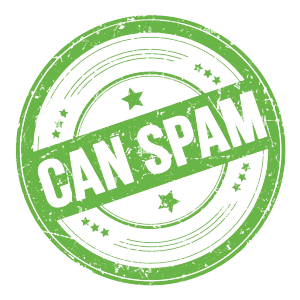
How to Segment Your Email List for Better ROI in the Manufacturing Industry
There is a very high rate of return on investment (ROI) on every dollar invested, and more than 62% of micro enterprises make use of the perks of email marketing. In this case, the return on investment is higher than $34 dollars. This makes it quite evident that, despite the fact that email marketing is among the oldest means of marketing, it is still the most effective in the majority of ways, particularly when you anticipate a high return on investment (ROI) from your marketing.
What is the B2B Manufacturing Sector?
The term “B2B manufacturing” refers to companies that make goods or components, Production Planning and Control for the purpose of selling them to other companies rather than to individual customers. This industry is made up of a wide range of companies that make things like industrial machinery, electrical parts, building materials, and more. They work on Materials Management and more.
It is a fact that more than 60% of clients prefer to be addressed via mail rather than any other way. This gives a huge advantage to any B2B marketer who wants to reach out to their prominent clients in a very efficient way using email marketing.
Email Marketing for the Manufacturing Sector
Companies that operate in the B2B manufacturing sector or Advanced Manufacturing typically place a primary emphasis on maintaining a competitive advantage while simultaneously delivering high-quality goods and services to their customers. The sector is extremely competitive, and in order for businesses to maintain a lead, they need to consistently introduce new ideas and make improvements to their workflows.
Given all of these crucial considerations, it is essential for any manufacturing company that focuses on Industrial to make use of email marketing as a cutting-edge and efficient method to communicate with their target demographic. To help you achieve a greater return on investment (ROI) and maintain a competitive edge, here are some insightful implementations that you can put into action right away.
Build a targeted email list
Make certain that you have a targeted b2b email list that only contains those who are keen on your goods or services. You can do this by dividing your email list into groups based on things like location, industry, job title, and interests.
Here are some facts that highlight the importance of segmenting your email list:
Increases in open and click-through rates: Comparing segmented email campaigns to non-segmented email campaigns, classified advertisements can result in increased open and click-through rates. The research that was conducted found that non-segmented campaigns had an open rate that was 14.00% lower and a click-through rate that was more than 100.00% lower than segmented ads.
Allows for better tracking and analytics: When you divide your email list into segments, you can see how different groups interact with your emails. This lets you do better tracking and analytics. This can assist you in better understanding the wants and needs of your target market so that you can modify your email marketing plan as necessary. For example, if you cater to the Computer-Aided Design (CAD) sector, you make sure your email campaigns specifically target clients from the same field.
Optimise your email for mobile devices: Most people read emails on their mobile devices, so it’s important to optimise your emails for mobile screens. Statistics show that more than 50% of email users check their mail on their mobile phones. So early realisation is very crucial when it comes to optimising emails for mobile devices.
Plus, by optimising your emails for mobile devices, you can gain a competitive advantage over companies that have not yet embraced mobile optimisation. This can help you stand out in a crowded market and drive more conversions. Make sure your email is easy to read on a mobile device and that all links are clickable.
By the end of 2023, email marketing revenue is anticipated to increase to more than $10.7 billion. It is a reality that cannot be refuted that business-to-business (B2B) marketers are investing more resources in digital marketing than they are in any other form of marketing, such as traditional marketing. Furthermore, more than 70% of email marketers use software to assist them in email marketing to release their various content.
According to a recent survey, B2B companies that focus on Product Lifecycle Management (PLM) ,sell their products or services using email marketing generate 45% more prospects at a 30% lower cost than their competitors who don’t do the same. In addition, considering that the average rate at which people open their mail is approximately 18%, there is a good chance that the people you are trying to reach will view the message you send them.
In conclusion, if you are in the B2B manufacturing industry and want to increase your email marketing efforts, now is the time to start putting these best practices into action. You will be able to engage with prospective customers, cultivate relationships, and generate real outcomes for your company if you take the appropriate strategy.


